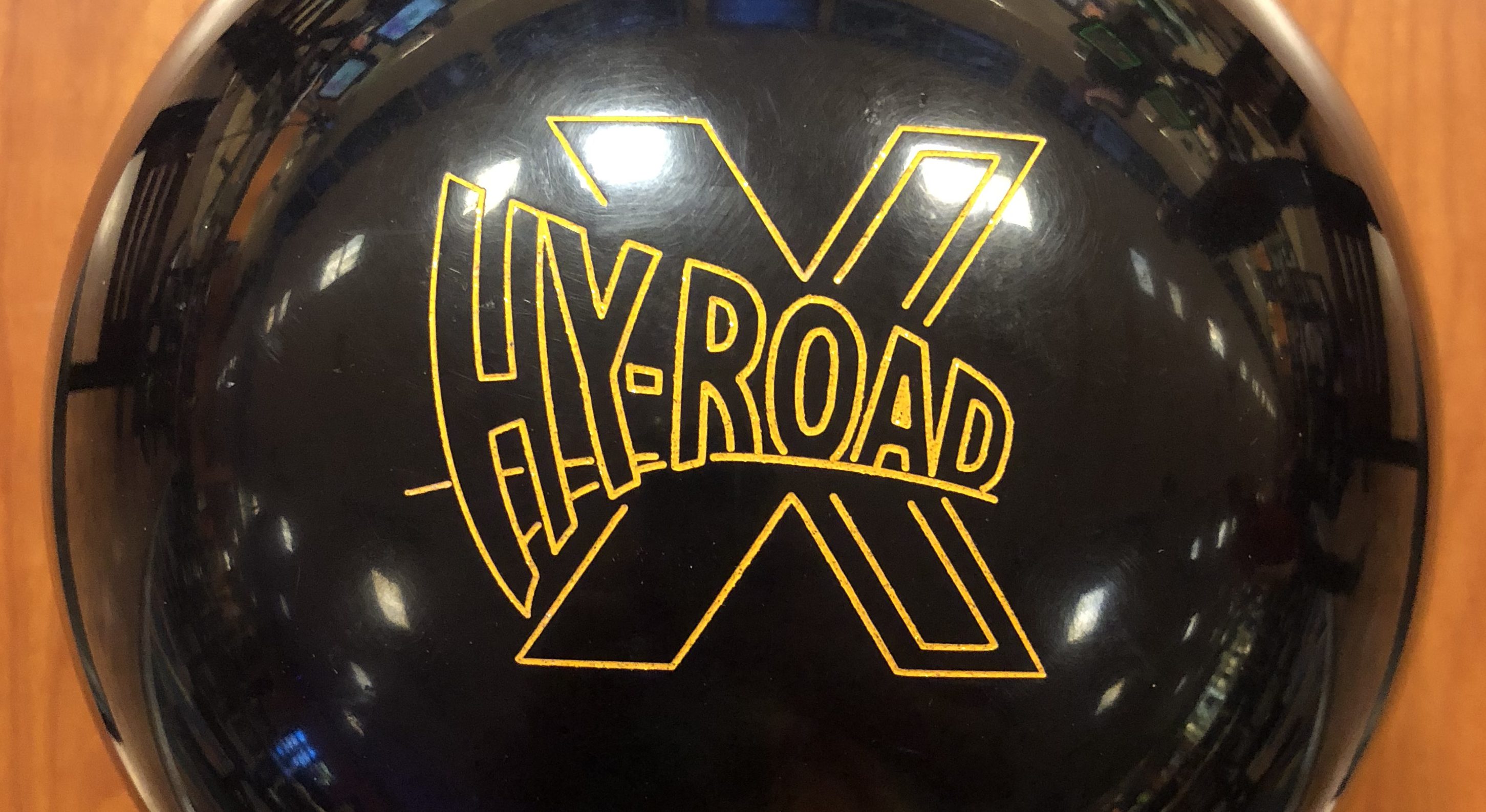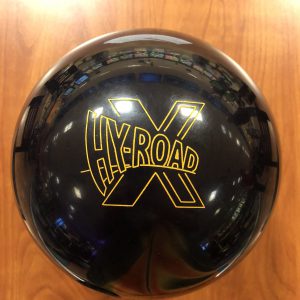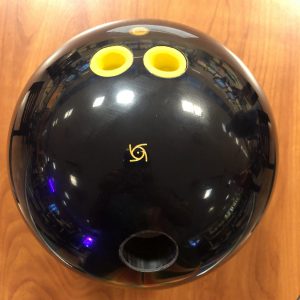Welcome to our Tutorial Series. Today I want to cover surface changes and how they affect ball motion. We will do this in 2 parts. Part 1 here will use a middle of the road ball, the Storm HyRoad X on a house shot. There are a lot of nuances and our sport can be really complicated. A lot of factors affect what you see. There’s the bowler, speed, revs, tilt, rotation. There’s the lane surface, topography, surface type, material, age. There’s the lane pattern, long, medium, short, high, medium, low volume. There’s the ball, innate cover strength, core strength.
So here we try to normalize all the items above and simply look at the impact of coverstock finish on laneplay. We normalized towards the middle of the road benchmark type of ball. I am the bowler, medium speed, medium revs, 6-10 degrees of tilt, 60 degrees of axis rotation give or take. The pattern is our normal fresh house test pattern 40 ft, 23ml of oil. We are using DigiTrax as the CATS software.
Let’s get right into it. The HyRoad X is polished at the factory to be “1500 grit polished”. We left it as is and started the test. You can see that I am just inside the 3rd arrow and I have a decent reaction. To my eye and mind, the polish is a bit finicky on the fresh house shot but not difficult to get to the pocket. Right away, I think this comes into play later in the set. Nevertheless, what is it now? Well DigiTrax tells us that I am generating 6.25 degrees of entry angle, breakpoint averages right around 42 feet at the 8 board.
OK, so we move to 4000 abralon. What do I see? I definitely see a tighter line and less over/under. The reaction is similar but just a bit more consistent. And to my eye, it is definitively more consistent, not questionably. DigiTrax tells us that entry angle is 6.3, 42.62 breakpoint distance at the 7 board. That’s within margin of error to be probably statistically insignificant for you science nerds like me. However, again, there is no doubt that I would have a better game on the fresh with 4000 as the variation from shot to shot is narrower. Thinking back, this is just about the sweet spot for the Hyroad X on this pattern for me. You’ll start to see why soon.
Next we move on to 2000 abralon. Now what? At this grit, on the same line as 4000, it starts up too soon as you can see. So I have to move in to catch more oil. Here’s where things get interesting. This is not a very torquey ball. It is actually a relatively smooth ball for Storm in general. So I’m still able to generate over 6 degrees of entry angle but the few boards I had to get in lengthened the breakpoint distance to 43.6 at the 7.5 board. So that later breakpoint means a later motion so you can see a different entry and less continuation through the pins. You have to pay attention here. This surface was the one that made the Hyroad strongest in “hook power” according to Digitrax. It’s a calculation I won’t get into but has to do with board coverage and angle generation, etc. But the thinking bowler in me says this is a step too far for this ball as it forces me a touch too deep for its capabilities.
On to 1000 abralon. We’re getting dusty here. Here you can see I have to get right up to the 4th arrow now. That’s not a big problem but it makes the breakpoint more touchy. While my average is 8, 9 was clearly a better breakpoint. 7 and the ball barely makes it back. Now average entry angle is down to 5.5, somewhat as you would expect but the breakpoint distance is even longer still at 44.74. That’s because now I’m in the flood zone of the house shot and the ball floats a long time. 5.5 is not a bad angle at all. The bowler should be thinking what will this much surface do and is the ball shaping the way I want it to. The ball shapes very nicely if you’re tighter with your breakpoint but it drains its energy going out to just 2 boards further where it is more likely to leave me a 3-7-9 than something makable.
Finally, I go to 500 abralon. At this grit, I’ve finally taken away enough backend movement that the entry angle is down to 5 degrees. I am still relatively deep but not quite as deep as the 1000. 500 took away too much from the ball. So up until 1000, my move was right to compensate for the stronger earlier motion. Finally, I have to move left to compensate for bleeding too much energy. I move all the way back to 16 with a tighter breakpoint to 9 and the ball still deflects through the pins. So while DigiTrax might show us that the ball is mildly less than the 1000 grit ball, at 500 the ball is almost not usable because it’s not torquey enough to churn and that amount of surface has bled too much energy out of it by the time it gets to the pins. So you get significant deflection or if I keep moving left, I will not be able to stay in the pocket because you start to get back into the track friction.
So what did we learn? Basically, using the HyRoad X as the test mule, there is a sweet spot of around 4000, maybe 3000 grit where the ball is at it’s happiest to balance the cover’s strength to the core’s strength. With polish, the cover is too weak. With 1000 or more the cover overtakes the core, rendering it somewhat mute. While 4000-2000 was just right, allowing the core to store just enough energy to come off the end of this particular pattern with more explosiveness.
There you have it. Study this a little bit to absorb the impact of surface changes on a medium strength ball. Also, remember these notes when thinking about watching other videos that only have music in the background and only strikes. They really tell you nothing. Information is power. Good Luck!



